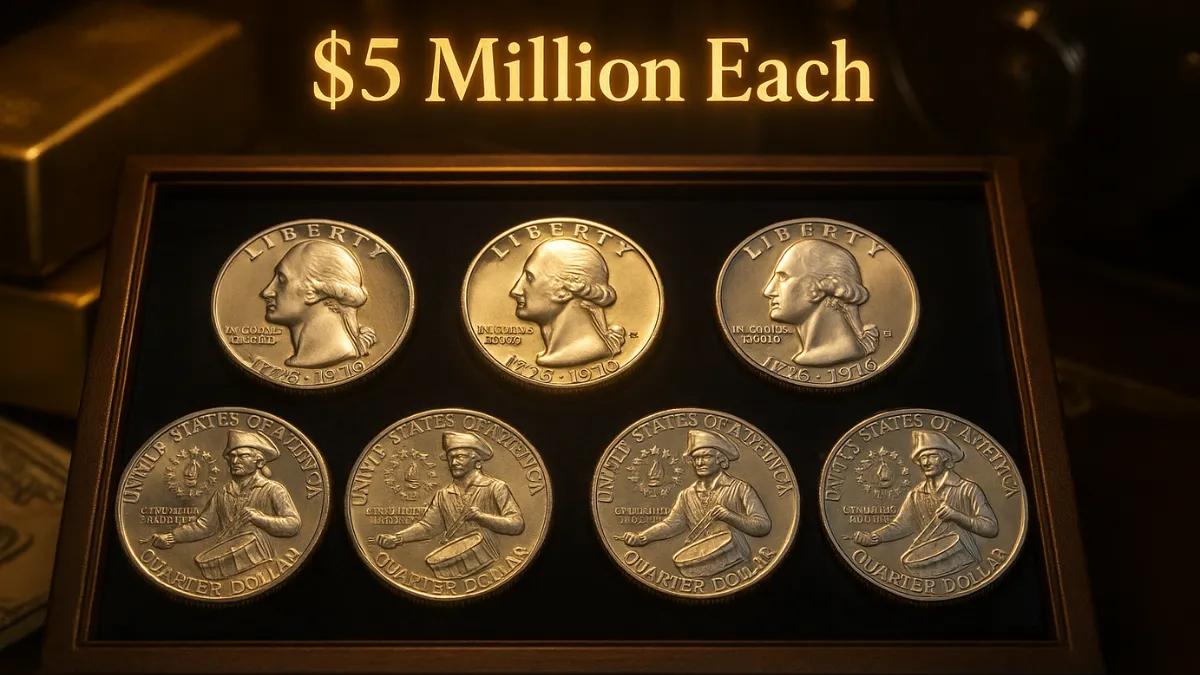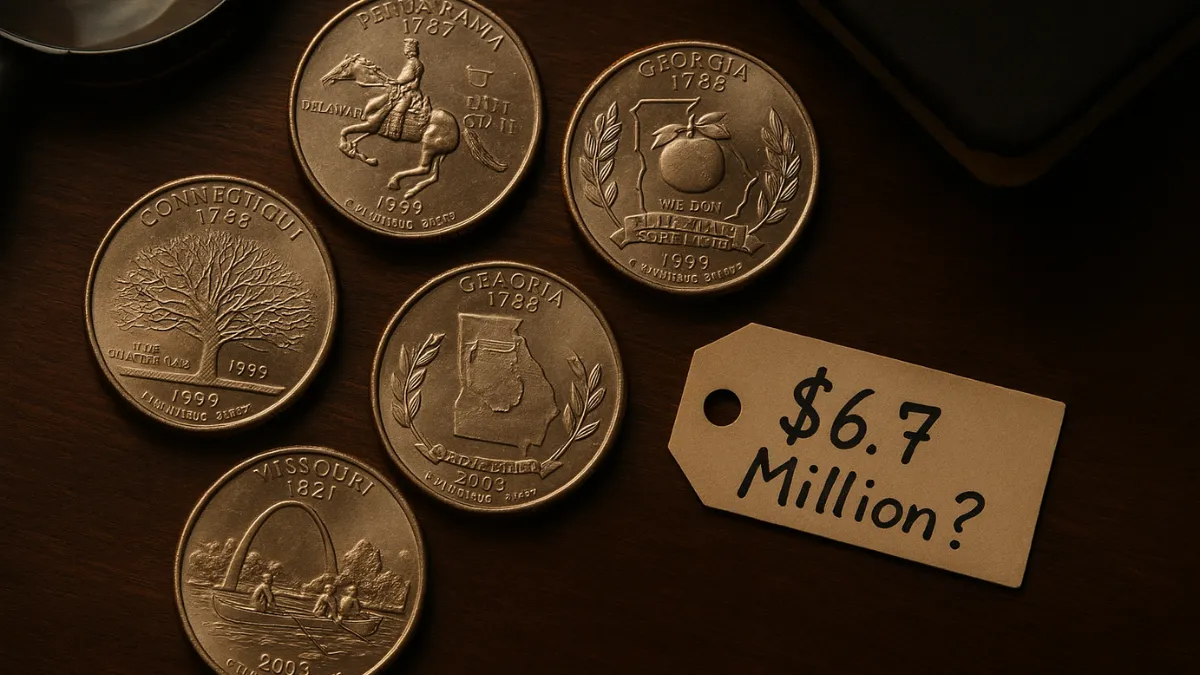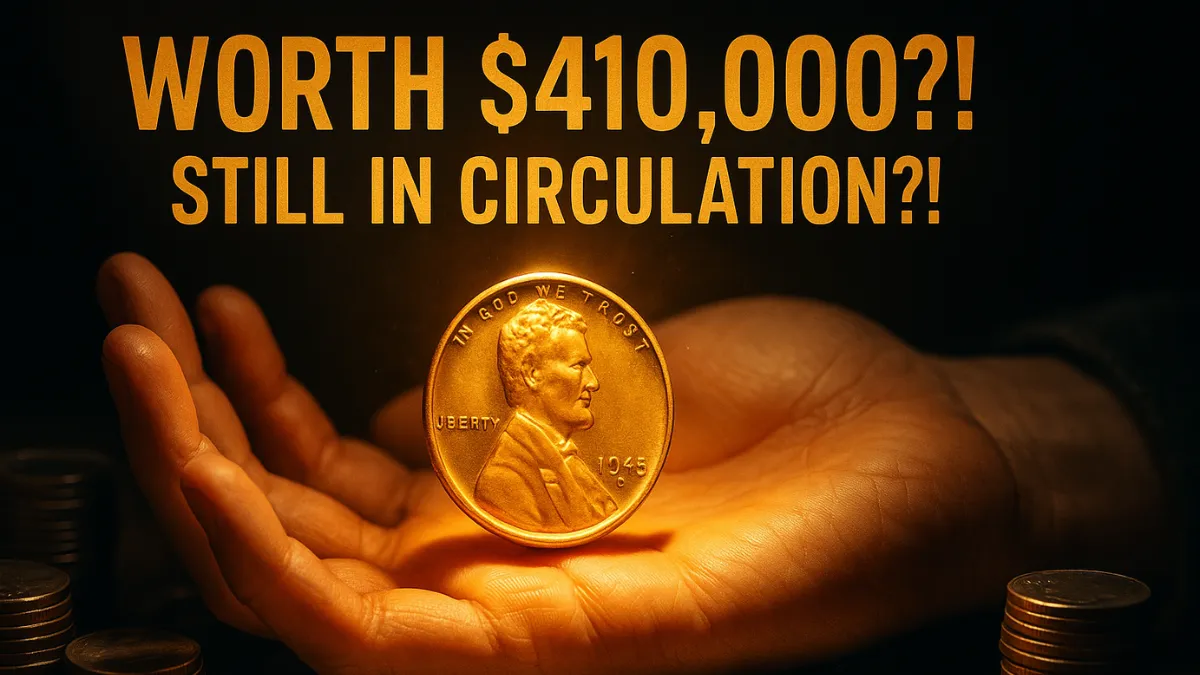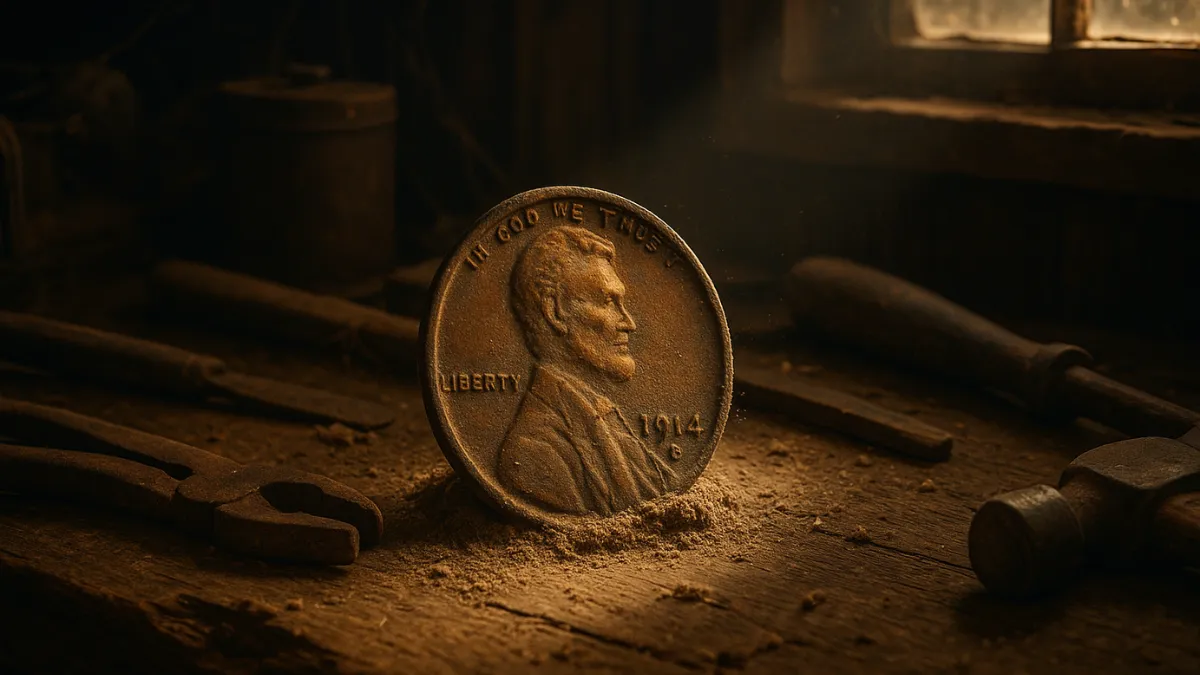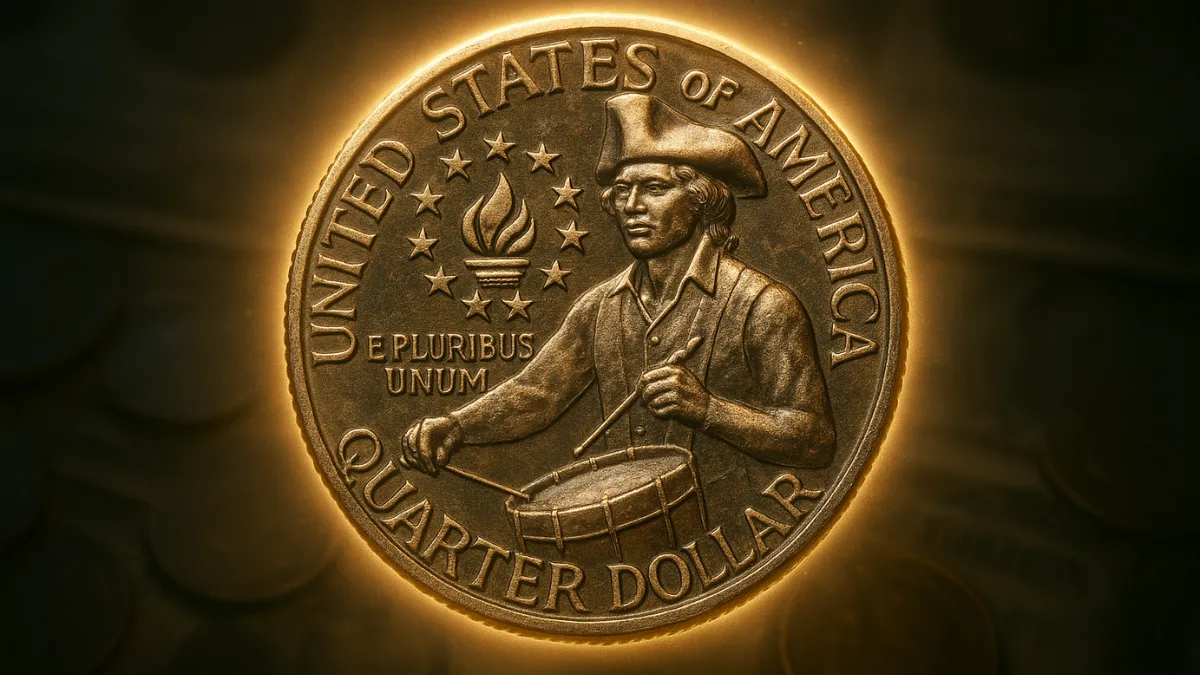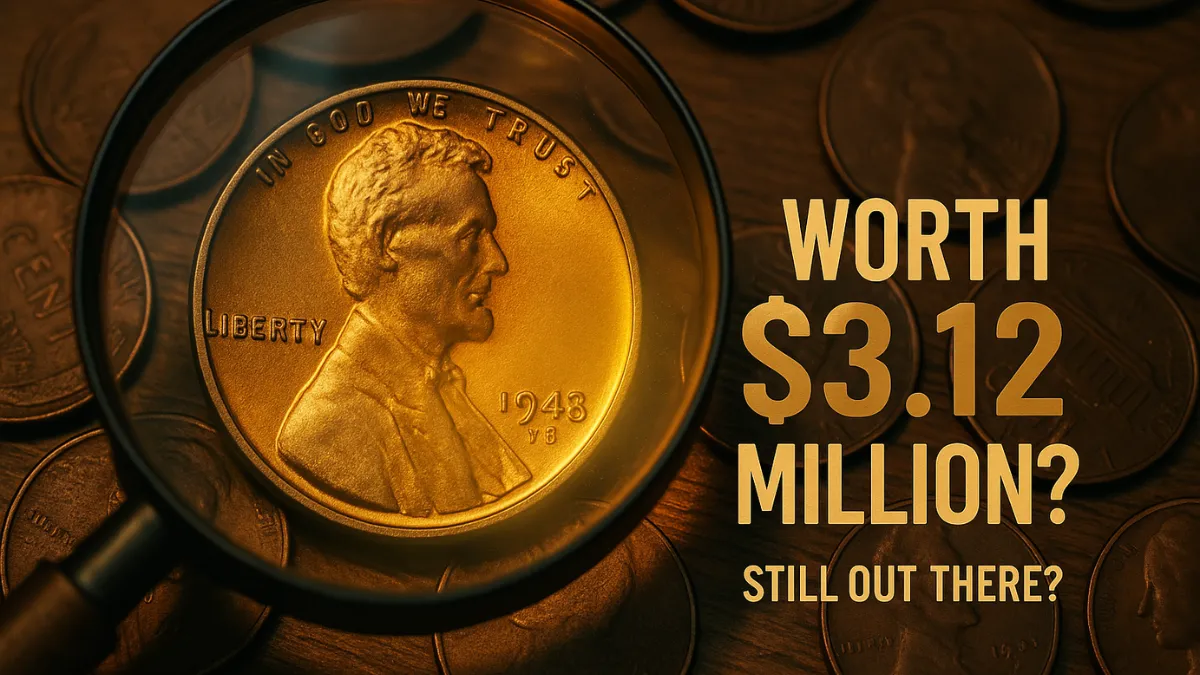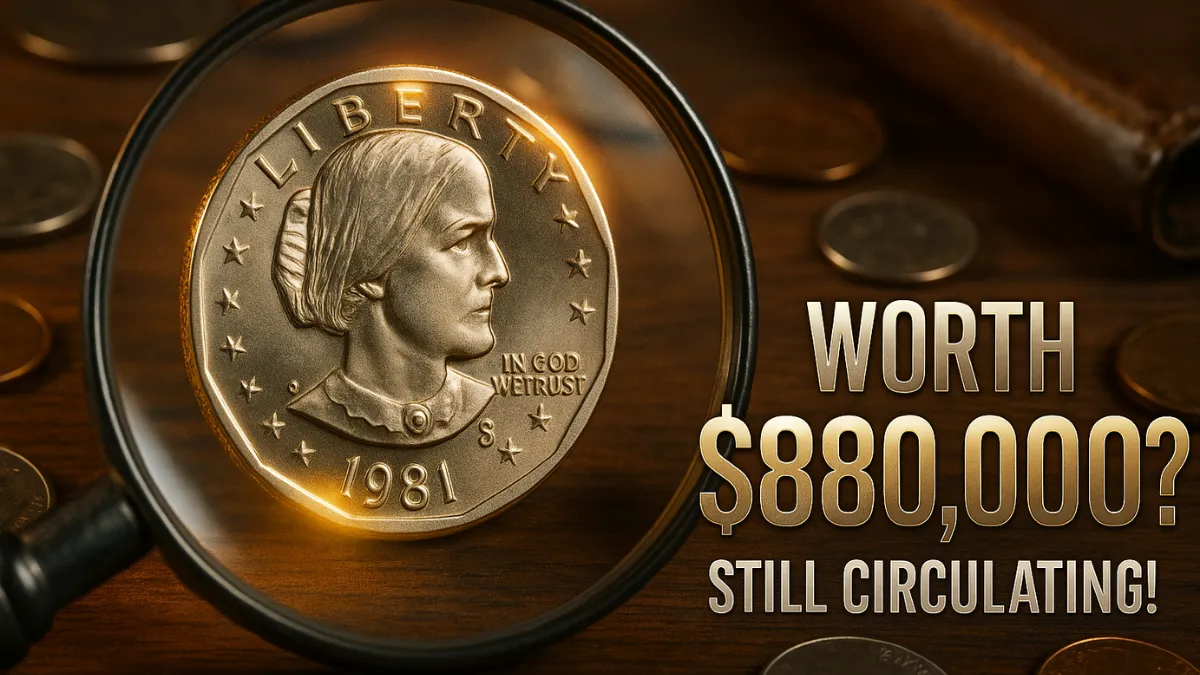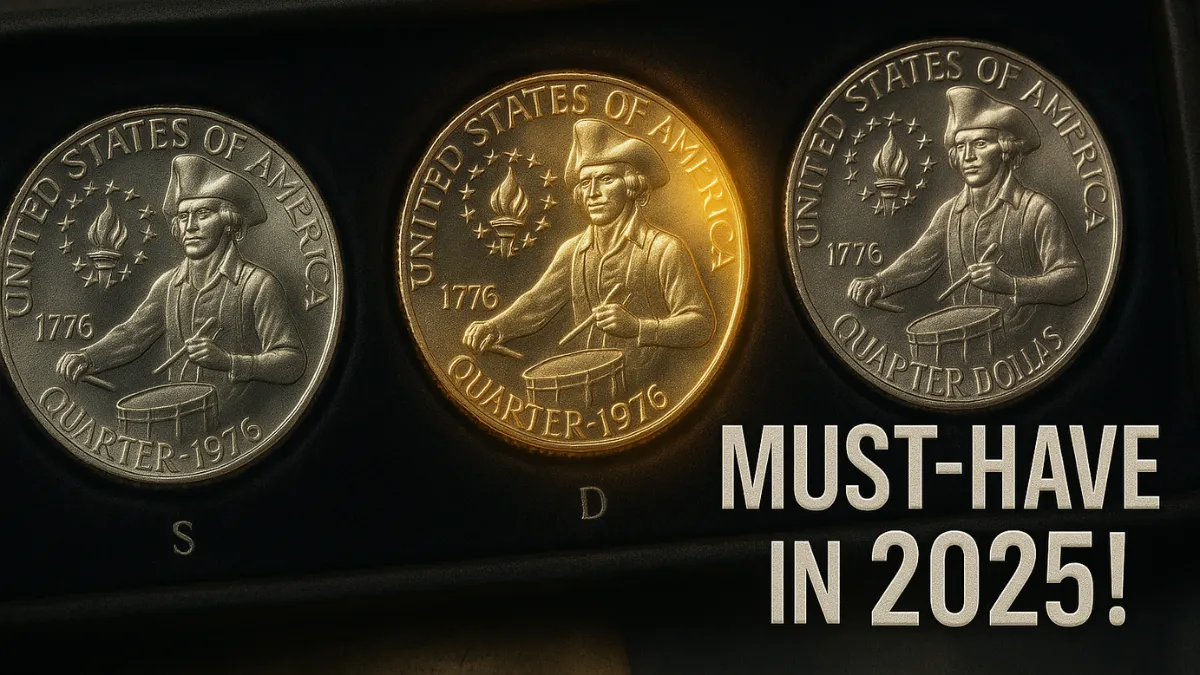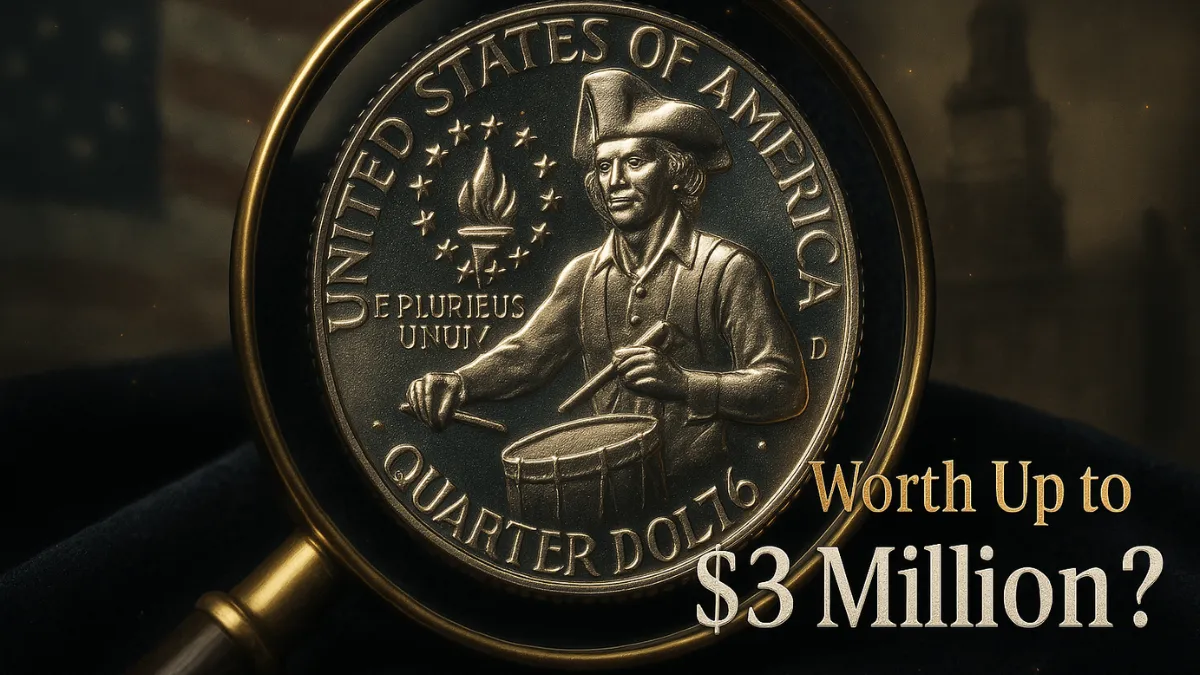Could Your 1976 Bicentennial Quarter Be Worth Over $5 Million? Here’s What You Should Know
The 1976 Bicentennial Quarter was minted to celebrate America’s 200th anniversary, but a handful of these coins could be more than patriotic keepsakes—they might be hidden treasures. Though the majority are worth only 25 cents, rare types with unique features or mint errors have been sold for more than $5 million at auctions. Understanding what makes these quarters special could help you discover a fortune in your change.
In this detailed guide, you’ll learn what features make these quarters valuable, how to examine yours, and the best methods to sell one if it turns out to be rare.
7 Rare Bicentennial Quarters That Could Be Worth Over $5 Million
The 1976 Quarter was released to mark the United States’ 200th birthday and quickly became a collector’s favorite. While most remain common, a few rare examples are now worth millions due to certain distinguishing traits.
Here’s what collectors and numismatists focus on:
FeatureDetailsWhy are some worth millions?Minting errors, use of silver, and exceptional condition contribute to high value.Key IdentifiersErrors like double dies, rare mint marks, and use of silver planchets.Where were they made?Philadelphia (no mark), Denver (D), and San Francisco (S for proof or silver).
How to Assess ValueCheck for minting issues, measure weight, and get professional grading.Where to SellReputable auction firms, online coin marketplaces, or trusted dealers.Helpful ResourcesU.S. Mint’s website offers authentic details and historical data.
What Makes Some 1976 Bicentennial Quarters Valuable?
Though most Bicentennial Quarters remain ordinary, several versions include traits that significantly boost their market price.
1. Minting Errors
Some coins from this series include rare errors that raise their value dramatically. Examples include:
Double Die Obverse: A duplication of the design or lettering.
Off-Center Strikes: Coins printed misaligned from the center.
Wrong Planchet Strikes: Coins mistakenly struck on blanks meant for nickels or half dollars.
2. Silver Content
In 1976, a special 40% silver version of the quarter was minted specifically for collectors. These silver quarters are especially valuable when combined with mint errors or proof quality, making them highly prized.
3. High Grade Condition (MS-67 or Above)
Grading services like NGC and PCGS assign higher values to coins that are nearly flawless. A Bicentennial Quarter rated MS-67 or better can be extremely valuable, particularly when it also has rare features or minting mistakes.
How to Identify a Potentially Valuable 1976 Bicentennial Quarter
Curious whether your quarter could be a rare one? Use this checklist to evaluate it:
Step 1: Look for the Mint Mark
No Mint Mark: Minted in Philadelphia and most common.
D Mint Mark: Made in Denver and also quite common.
S Mint Mark: Produced in San Francisco, often indicating a silver or proof coin.
Step 2: Inspect for Errors
Use a magnifier to scan for errors like doubling, off-center images, or missing design details. These anomalies can significantly increase a coin’s value if they’re genuine minting errors.
Step 3: Test the Metal
Weight: A regular clad quarter should weigh 5.67 grams; silver ones weigh closer to 5.75 grams.
Edge: Look at the coin’s edge. Silver versions will lack the copper stripe typical of regular quarters.
Step 4: Have It Professionally Graded
Send your coin to a reputable grading service like NGC or PCGS. High-grade coins, especially those ranked MS-67 or better, are far more valuable and easier to sell to serious collectors.
Step 5: Research Its Market Value
Search recent auctions and listings on platforms like eBay and Heritage Auctions to see what similar coins have recently sold for. This helps gauge potential value before selling.
Where to Sell Your Rare Bicentennial Quarter
If your coin turns out to be valuable, these are your best options for selling it:
Certified Coin Dealers: These experts can evaluate your coin and offer a competitive price.
Major Auction Houses: Trusted auctioneers like Heritage Auctions or Stack’s Bowers provide a great venue for selling high-value coins.
Online Platforms: Sites such as eBay or Etsy can reach broad audiences, but always use caution and verify buyers.
Local Coin Shops: Convenient for fast sales, though they may not offer the highest prices compared to other selling methods.
FAQs
Q1: Are all Bicentennial Quarters valuable?
No, most are still only worth their 25-cent face value. However, rare versions with unique features can be extremely valuable.
Q2: How can I tell if mine is silver?
Check the coin’s edge. If there’s no visible copper color and it weighs slightly more, it could be the 40% silver version.
Q3: What’s the highest price ever paid for a 1976 Bicentennial Quarter?
One rare error-proof example reportedly sold for over $5 million at auction, setting a record for the coin type.
Q4: Is it possible to find one in regular change?
While very rare, some valuable Bicentennial Quarters could still be in circulation, though most high-value examples are held by collectors.
Q5: Should I clean my quarter before selling?
Absolutely not. Cleaning a coin can reduce its value by damaging the surface. Keep it in its original condition to preserve worth.
Final Thoughts
Although most 1976 Bicentennial Quarters are still worth just 25 cents, a rare few can be worth millions thanks to minting mistakes, silver composition, and exceptional condition. Knowing what to look for could transform an ordinary coin into an extraordinary discovery.
If you believe your coin might be valuable, have it professionally graded and explore selling through reliable platforms. That small piece of history in your hand might just be worth a fortune.
